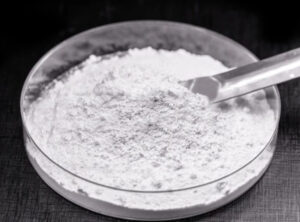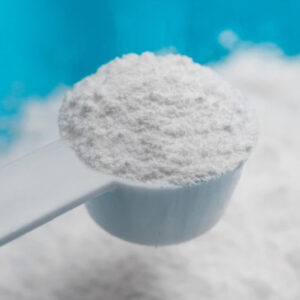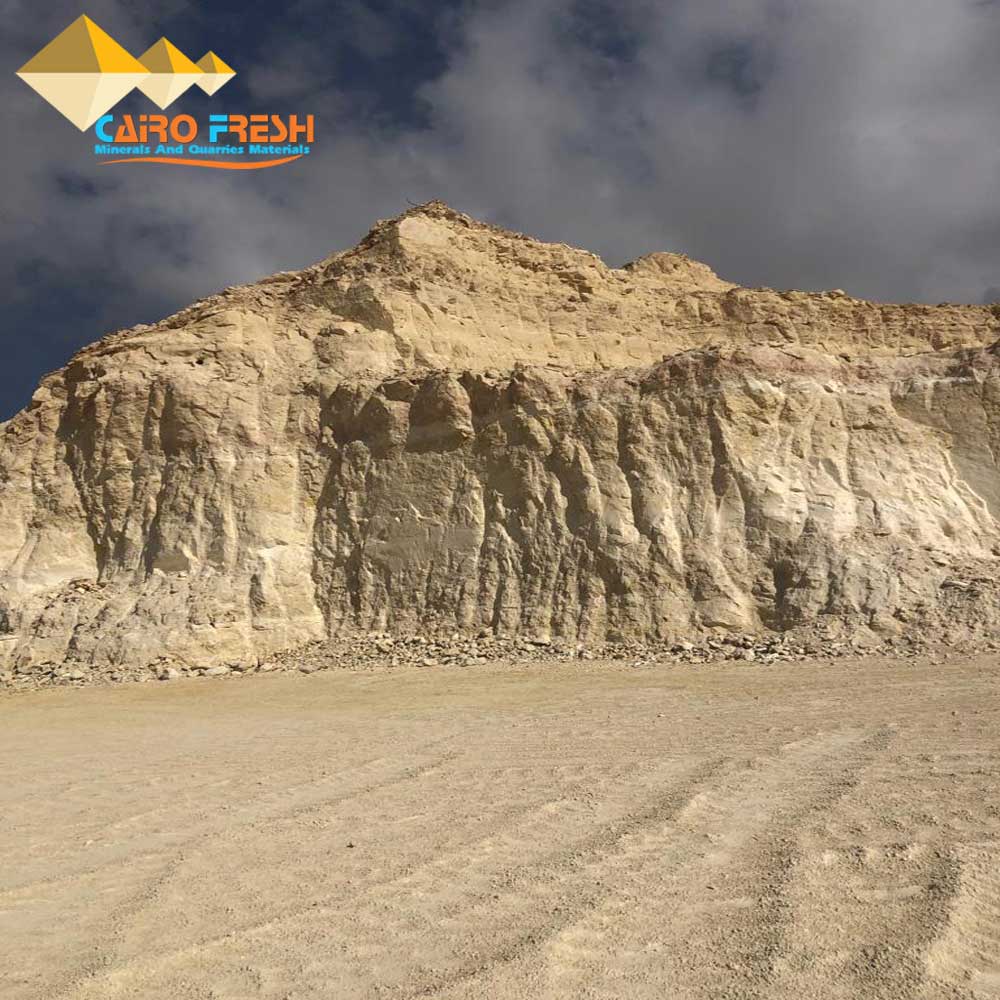Production: Called Hydrated lime, produced by the hydration of the calcium oxide in special Hydrator Machines
Applications:
Water treatment – pH adjustment – acid gas – sugar – steel galvanization – rubber – Fertilizers – Construction – Plasters & mortars – Rubber – Paper – Medicines -Waste disposal – Sterilization & Disinfection – Fodder – Gold & copper mines – Chicken farms – chemicals industries – Agriculture
Packing:
– Craft bags 5 kg
– PP bags 25 kg
– Silo Truck 40 – 60 Tons
– Jumbo bags 600 – 1000 kg

Storage & Validity
– 24 Month from manufacturing date in dry, non ventilated and covered storage area
– Bags height should be less than 2.0 m or 15 bags.
Chemical properties: Physical properties
- Ca(OH)2 : 80%-92% Density: 0.60 – 0.80 gm / ml
- SiO2 : ≤ 0.05 % Mohs: 2-3
- MgO : ≤ 0.08 % Whiteness: 90%
- Fe2O3 : ≤ 0.01 % For fine product :
- O.I : 1.5 – 4 % D90= 90 µm D50= 20.45 µm
What is hydrated lime?
Hydrated lime (calcium hydroxide) is a dry, colorless crystalline powder manufactured by treating calcium oxide (quicklime) with water. It is also known as slack lime, builders lime, or pickling lime.
What are the uses of hydrated lime?
Hydrated lime has a wide variety of uses, including:
- In the production of mortars, plasters, cements, paints, and hard rubber products.
- In environmental applications, such as the removal of acid gases from coal-fired energy plants, cement mills, glassmakers, and incinerators.
- In steel manufacturing, where it is used to remove impurities.
- In the tanning of leather.
- In soil stabilization for roads, earthen dams, airfields, and building foundations.
- To raise the pH of acidic soils.

What are the characteristics and challenges of handling calcium hydroxide ?
Hydrated lime is a caustic material that can cause skin burns and eye irritation. It is also exothermic, meaning that it releases heat when it comes into contact with water. As a result, it is important to handle calcium hydroxide with care.
Some of the challenges of handling hydrated lime include:
- It is a dry powder that can be easily inhaled, so it is important to wear respiratory protection when handling it.
- It can cake or pack, making it difficult to handle.
- It can react with moisture to generate heat, so it is important to store it in a dry place.
Precautions for handling hydrated lime
- Always wear respiratory protection when handling hydrated lime.
- Store calcium hydroxide in a dry place.
- Avoid contact with skin and eyes.
- If you do come into contact with calcium hydroxide , flush the affected area with water for at least 15 minutes.
- If you inhale calcium hydroxide , seek medical attention immediately.
Conclusion
Hydrated lime is a versatile material with a wide range of uses. However, it is important to handle it with care due to its caustic nature. By following the precautions outlined above, you can safely handle calcium hydroxide and avoid any potential hazards
For more products don’t hesitate to contact us anytime.


